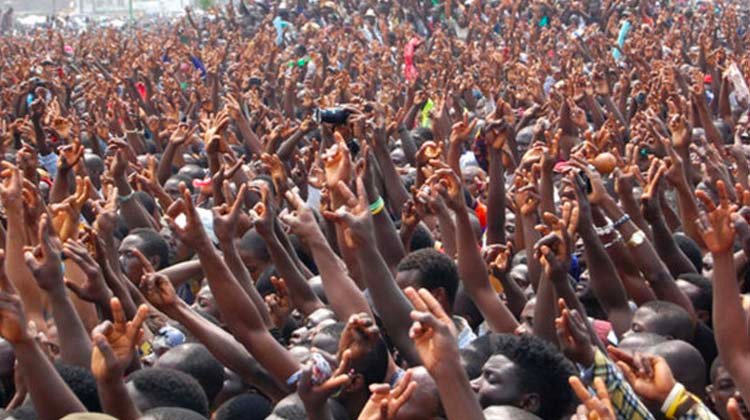The National Bureau of Statistics (NBS) on Tuesday said Nigeria’s unemployment rate increased to 5.3 per cent in the first quarter (Q1) of 2024.
According to a report, the NBS said the unemployment rate increased compared to the 5 per cent recorded in Q3 2023.
“The unemployment rate for Q1 2024 was 5.3%, showing an increase from 5.0% recorded in Q3 2023. The unemployment rate among males was 4.3% and 6.2% among females,” NBS said.
“By place of residence, the unemployment rate was 6.0% in urban areas and 4.3% in rural areas for Q1 2024.”
To the agency, the unemployment rate is the share of the labour force (the combination of unemployed and employed people) who are not employed but actively searching and are available for work.
The NBS has published the 2023 Annual and Q1 2024 Nigeria Labour Force Survey (NLFS) results. Read here:
2023 Annual Report: https://t.co/TeB4ezpdzS
Q1 2024 Report: https://t.co/HhUwIqEWjb pic.twitter.com/z4LG9F81tH
— NBS Nigeria (@NBS_Nigeria) September 24, 2024
For youth, the unemployment rate dropped to 8.4 per cent in Q1 2024, down from 8.6 per cent in Q3 2023.
The bureau’s report indicates that unemployment by educational attainment in Q1 2024 was 2.0 per cent among individuals with postgraduate education, 9.0 per cent for post-secondary education, 6.9 per cent for secondary education, and 4.0 per cent for individuals with only primary education.
Employment Rate Drops To 73.2%
It also released Nigeria’s employment-to-population ratio – a key workforce participation measure – saying it declined in the first quarter of 2024.
The ratio, which represents the percentage of the employed working-age population, fell to 73.2 per cent, a drop from the 75.6 per cent recorded in the third quarter of 2023.
“In Q1 2024, 73.2% of Nigeria’s working-age population was employed, down from 75.6% in Q3 2023,” NBS said.
“Disaggregating by sex, the employment-to-population ratio was 74.2% for males and 72.3% for females in Q1 2024.
“Additionally, the employment-to-population ratio in urban areas was 69.5% and 78.9% in rural areas in Q1 2024.
“This is a decrease in the ratio compared to the 71.1% and 80.7% in Q3 2023, respectively.”







